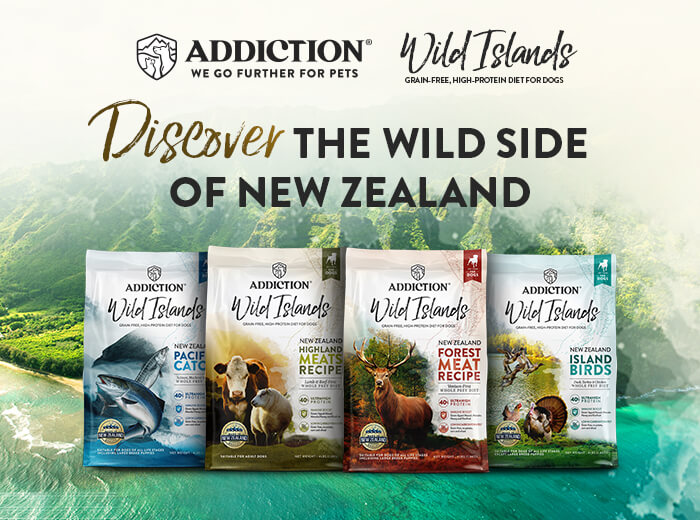All photos courtesy of @perromart.sg and @oscarthebelovedbeagle
Feeding time is easily one of pet parents’ favorite ways to bond with their dogs. Preparing meals and seeing our pets eating them can bring about a sense of connection, fulfillment, and purpose.
However, not all canines are as willing to eat anything. Some are fussy and are completely fine missing a meal or two if the food is not up to their taste. Whether you’re struggling to feed a picky eater or just looking for ways to develop a healthier eating habit for your dog, here’s what you need to know.
Common reasons why dogs won’t eat their food
There are a lot of reasons why dogs won’t touch their food. For one, illnesses such as kidney disease or dental problems can make them lose their appetite. To ensure that there’s no underlying health problem that your dog is suffering from, take them to the vet for a quick physical checkup and routine bloodwork.
Another possible reason for your dog’s refusal to eat is behavioral problem. Are there stressors at home, such as another pet harassing your dog during mealtimes? Did you suddenly change his routine? Moved to a new home? Recognizing if your pet is stressed is crucial. Some of the tell-tale signs of a stressed dog are:
- Crouching
- Tail tucked between legs
- Shivering
- Excessive licking
- Panting
Overfeeding can also lead to appetite loss. So, make sure that their treats do not exceed 10% of their daily calorie intake. Giving table scraps is also a huge no-no. It might seem like small pieces of chicken or cheese won’t hurt them, but it will hugely affect their reaction toward dinner later. It’s best to stick with the recommended feeding guide according to weight to ensure that your dog eats the right amount of food on a timely basis.
If you’ve already ruled out illness, behavior issues, and overfeeding, it’s time to explore other feeding options for your dog’s picky palate. Just like us, dogs have individual preferences.
Managing a picky eater
More than the struggle of constantly experimenting to figure out what kind of texture, taste, and smell your dog prefers, it’s the health implications that come with picky eating that worry pet parents the most. Picky eating can lead to malnutrition and weight loss.
A solution Krista Williams, BSc and DVM and Robin Downing, CVPP and DVM recommend is to offer food in the morning. If your dog won’t touch or eat it but doesn’t entirely consume it within 15 to 30 minutes, take the food away until their next mealtime. Note that this method works only for dry food like kibbles. If you’re feeding wet food, it’s best to throw the leftovers away to avoid the risk of spoilage.
If this still doesn’t work, try sprinkling a delicious topper on your dog’s food. Addiction Pet Foods’ Raw Alternative Dog Food is specially formulated for fussy eaters.

@oscarthebelovedbeagle enjoys a serving of Homestyle Venison and Cranberry Dinner, one of Addiction Raw Alternative Dog Food’s delicious flavors.
It’s available in six mouthwatering flavors.
-
- Features tender and cage-free New Zealand Chicken combined with the delicate aroma of sweet Apricots
-
- Features grass-fed New Zealand Lamb seasoned with fragrant Rosemary and Thyme
-
- Features free-range New Zealand Beef, perfect in promoting peak performance for adult dogs
-
- Features sustainably-sourced Brushtail, a novel protein source ideal for dogs sensitive to Chicken, Beef and Lamb
-
- Features wild Kangaroo, a novel protein source ideal for dogs sensitive to Chicken, Beef and Lamb
-
- Features free-range New Zealand Venison, a novel protein source ideal for dogs sensitive to Chicken, Beef and Lamb
Made with meat as the #1 ingredient, our raw alternative food offers dogs an irresistible meaty scent and taste. It’s cooked using a lower temperature, rapid-air drying technology to keep the food safe from harmful bacteria while ensuring maximum nutritional benefits. Plus, it’s enriched with nutrient-packed superfoods to help fight against damage from harmful free radicals and boost the immune system.
Learn more about Raw Alternative Dog Food here. –Addictionpet.com











